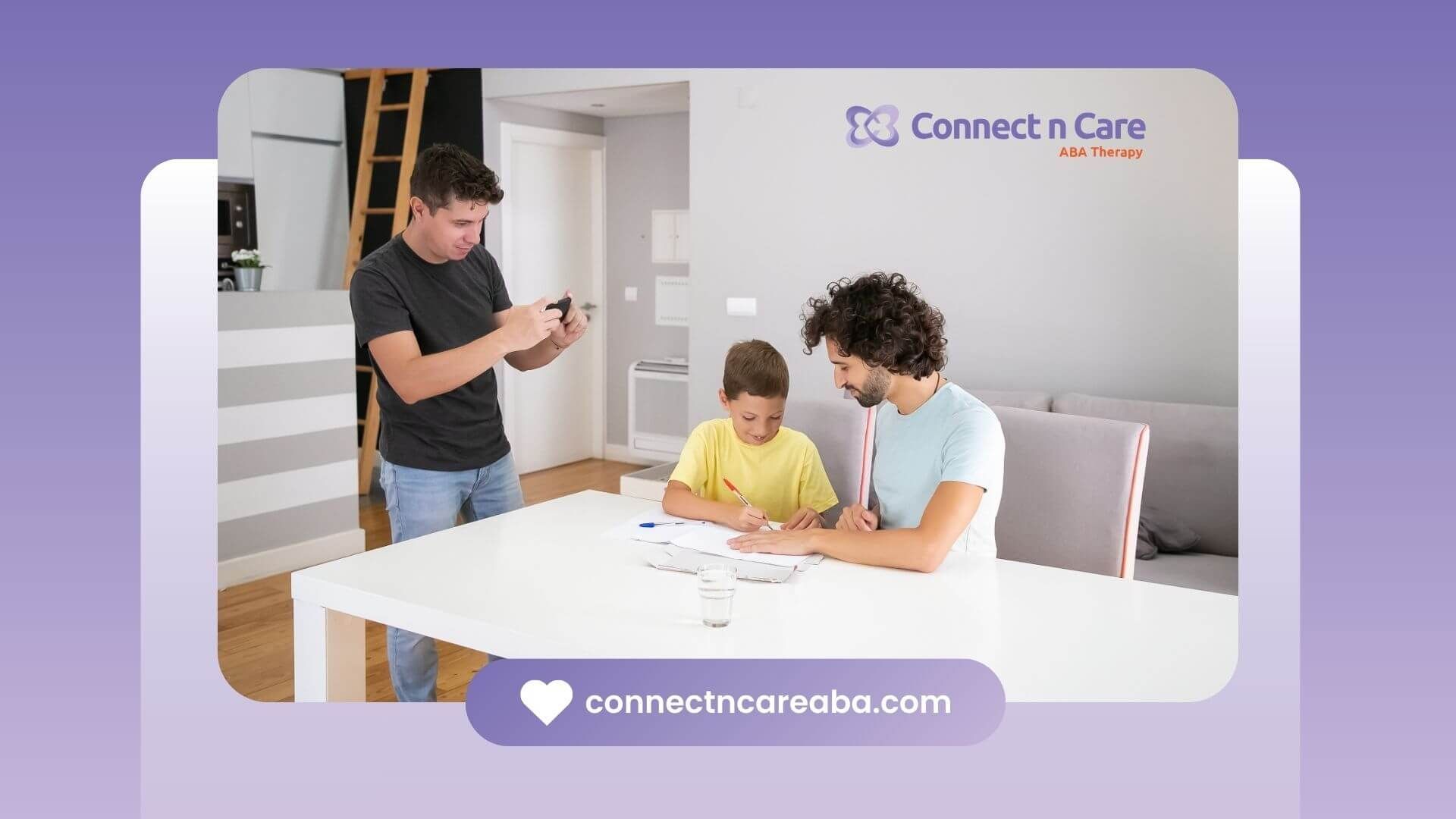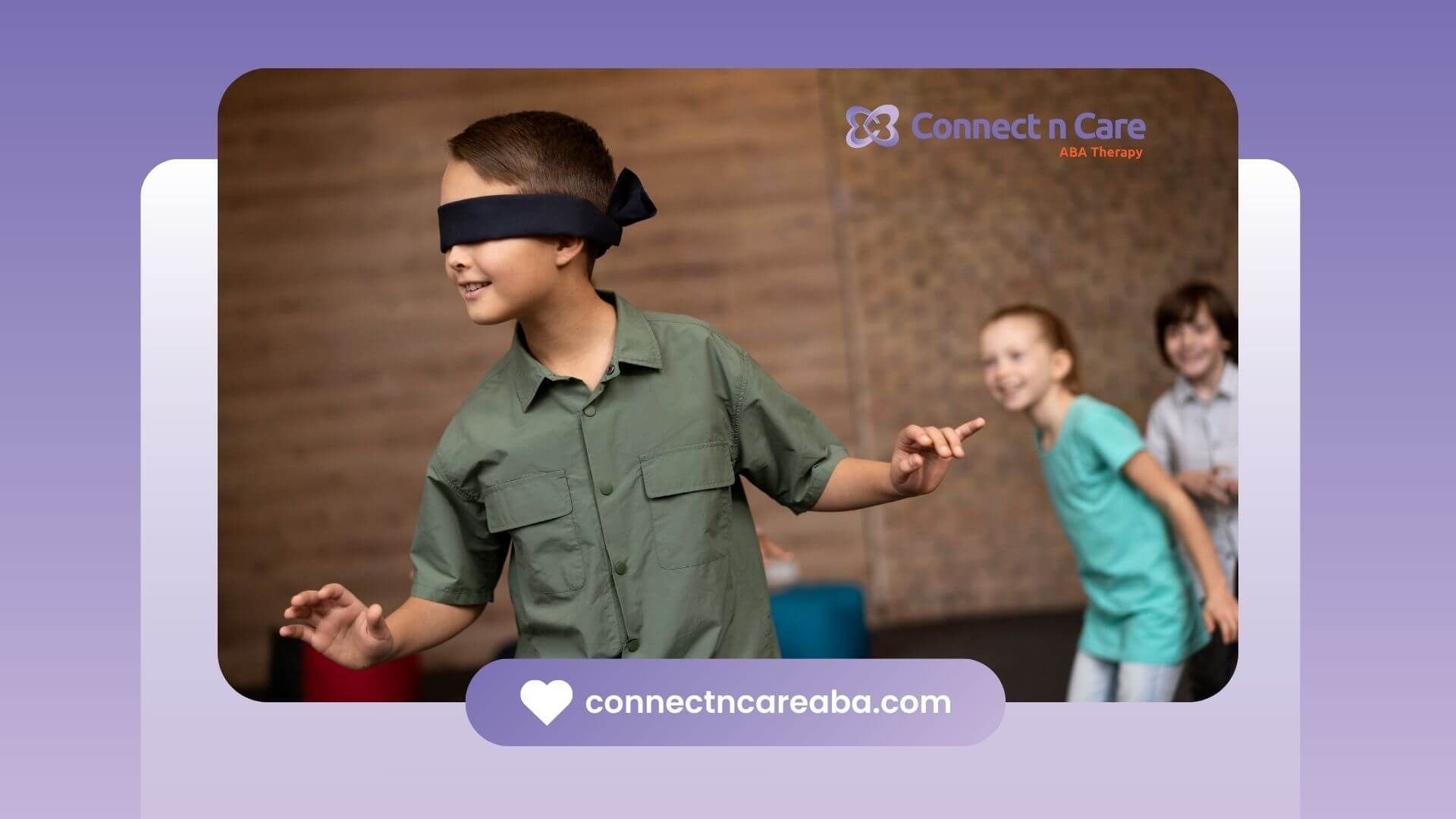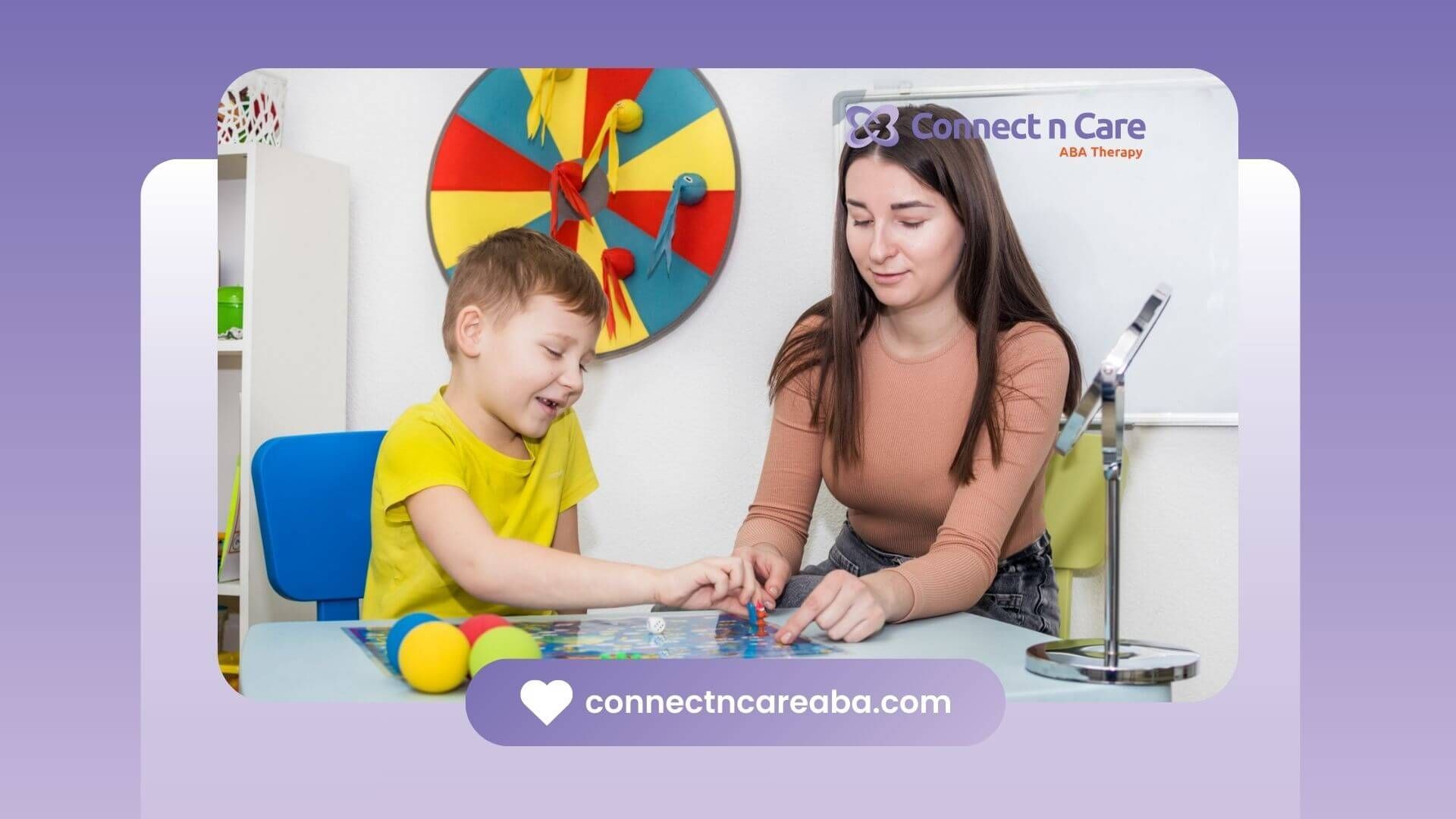In-home ABA therapy provides a convenient and comfortable option for children with autism spectrum disorder (ASD) to receive specialized treatment in the familiar setting of their own home. However, preparing your home for these therapy sessions requires careful consideration and planning. In this comprehensive guide, we'll explore essential tips to help you create a supportive environment for in-home ABA therapy.
Understanding In-Home ABA Therapy
Applied Behavior Analysis (ABA) therapy is a scientifically validated approach for individuals with ASD, focusing on improving socially significant behaviors. In-home ABA therapy involves a qualified therapist delivering personalized interventions tailored to the child's needs within the comfort of their home environment. This approach allows for naturalistic learning opportunities and generalization of skills across different settings.
Tips for Home Preparation
1. Designate a Therapy Space
Designate a specific area in your home where therapy sessions will take place. Choose a quiet, well-lit space with minimal distractions to optimize the learning environment. Ensure the area is free from clutter and has sufficient room for movement and activities.
2. Arrange Furniture and Materials
Arrange furniture and materials in the therapy space to facilitate engagement and interaction. Use child-sized furniture and seating options to promote comfort and accessibility. Organize therapy materials, toys, and activities in an organized manner to encourage independent exploration and learning.
3. Establish a Routine
Establish a consistent routine for therapy sessions to help your child transition smoothly and understand expectations. Create visual schedules or timers to provide structure and predictability. Incorporate preferred activities or rewards to motivate participation and reinforce positive behaviors.
4. Communicate with the Therapist
Communicate openly with the ABA therapist about your child's preferences, interests, and challenges. Share any relevant information about your home environment, such as pets, siblings, or household routines. Collaborate with the therapist to set goals and develop individualized treatment plans tailored to your child's unique needs.
5. Create Visual Supports
Use visual supports such as picture schedules, visual timers, and communication boards to enhance understanding and communication during therapy sessions. Visual supports can help clarify expectations, reduce anxiety, and promote independence in following routines and completing tasks.
6. Maintain Safety Precautions
Ensure your home is safe and free from hazards to prevent accidents during therapy sessions. Install safety gates, secure furniture and appliances, and remove or lock away potentially dangerous items. Supervise sessions closely to ensure the well-being of your child and the therapist.
7. Consider Sensory Needs
Take into account your child's sensory preferences and sensitivities when setting up the therapy space. Provide sensory-friendly options such as weighted blankets, fidget toys, or noise-canceling headphones to help your child stay regulated and focused during sessions.
8. Create Boundaries
Establish clear boundaries within the home to delineate areas where therapy sessions will occur and where other activities take place. Use visual cues such as rugs, tape lines, or colored mats to define boundaries and help your child understand where therapy activities begin and end.
9. Incorporate Natural Reinforcers
Identify natural reinforcers within your home environment that can be used to motivate your child during therapy sessions. These can include favorite toys, snacks, activities, or social interactions with family members. Incorporating natural reinforcers increases engagement and encourages positive behavior.
10. Foster Independence
Encourage independence and autonomy during therapy sessions by setting up the environment to promote self-help skills and problem-solving abilities. Arrange materials and activities in accessible containers or shelves to encourage your child to make choices and engage in independent play or learning.
11. Maintain Consistency
Consistency is key to successful ABA therapy outcomes. Establish consistent routines, rules, and expectations within the home environment to reinforce learning and promote generalization of skills. Consistency helps your child feel secure and confident, leading to more effective therapy outcomes.
12. Provide Comfort Items
Ensure your child's comfort during therapy sessions by providing familiar comfort items such as blankets, stuffed animals, or favorite pillows. These items can help reduce anxiety and provide a sense of security, facilitating a more relaxed and productive therapy experience.
13. Create a Calm Environment
Minimize distractions and create a calm, peaceful environment for therapy sessions by reducing background noise, dimming harsh lighting, and using soothing colors or decorations. A calm environment promotes relaxation and focus, enhancing the effectiveness of therapy interventions.
14. Involve Family Members
Involve family members in therapy sessions to promote generalization of skills and support consistency across settings. Encourage siblings to participate in therapy activities and provide opportunities for family members to learn and practice ABA strategies to support your child's progress.
Conclusion
Preparing your home for in-home ABA therapy is essential to create a supportive and conducive environment for effective treatment. By designating a therapy space, arranging furniture and materials, establishing routines, communicating with the therapist, using visual supports, and maintaining safety precautions, you can optimize the home environment for successful therapy sessions.
Connect n Care specializes in providing in-home ABA therapy services tailored to the unique needs of each child and family.
Contact us to learn more about how we can support your child's development and well-being through personalized ABA therapy.









